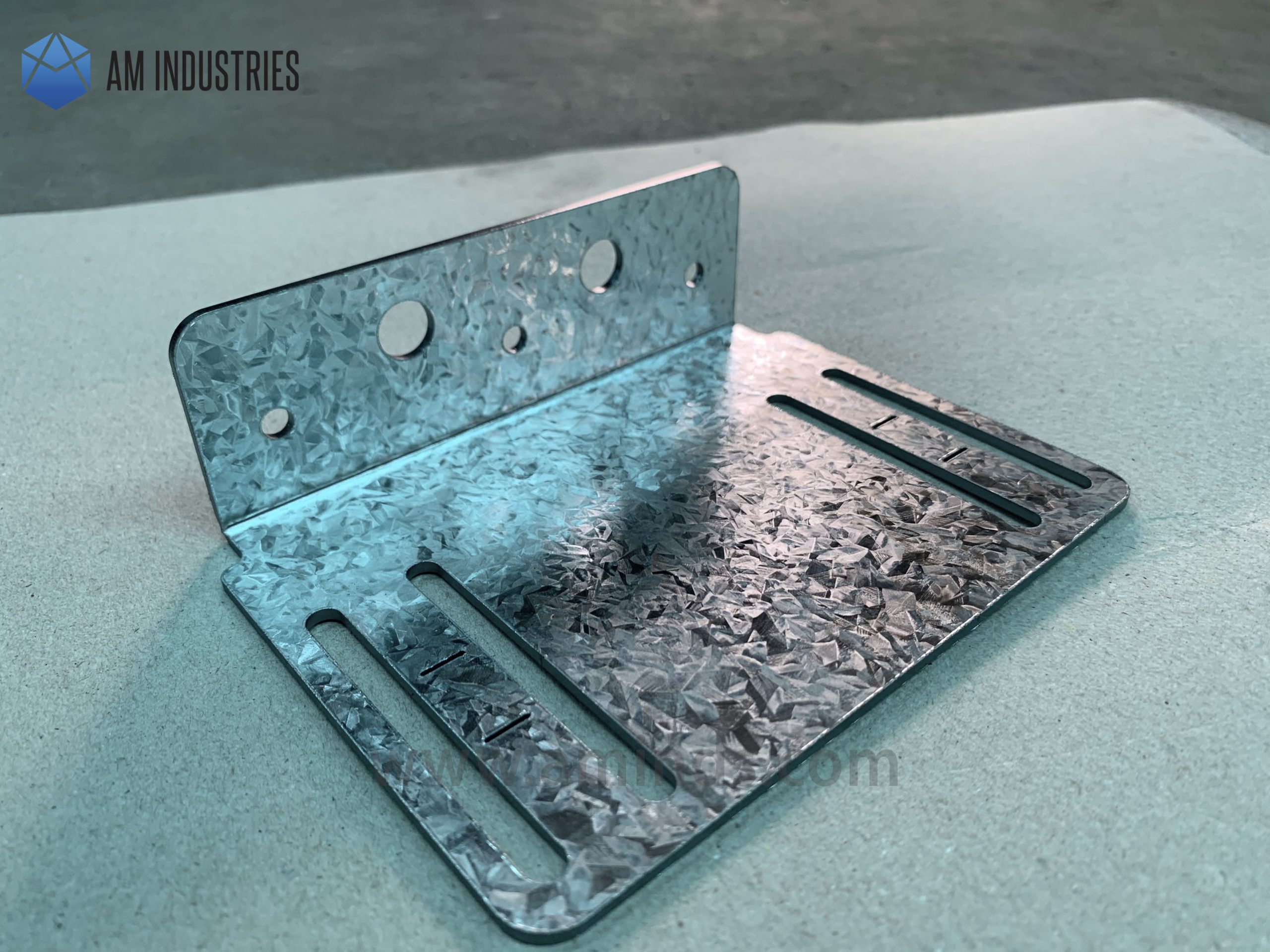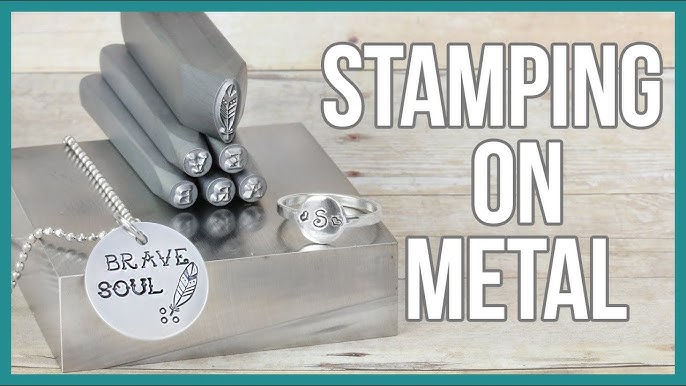Metal Stamping: Trick Factors To Consider for Quality and Efficiency
Letting Loose the Possible of Steel Stamping: Professional Tips and Best Practices Revealed
In the world of metal stamping, where accuracy and performance reign supreme, the mission to maximize processes and unlock covert possibilities is a continuous pursuit. As we navigate with the detailed globe of metal stamping, a more detailed look at the complexities of tooling style, product option, production effectiveness, top quality control, and arising trends assures a treasure trove of understandings waiting to be unearthed.
Tooling Style Optimization
Maximizing tooling design is necessary for enhancing effectiveness and accuracy in steel stamping procedures. A well-balanced tooling layout can considerably influence the top quality and cost-effectiveness of metal stamping procedures. By meticulously thinking about aspects such as product choice, pass away configuration, and component geometry, manufacturers can improve manufacturing procedures and boost overall product quality.
One trick element of tooling design optimization is choosing one of the most appropriate products for the punches and dies used in the marking procedure. Materials with high wear resistance and sturdiness are favored to guarantee longevity and lessen tooling upkeep demands. Additionally, die configuration plays an important role in achieving harmony and uniformity in stamped parts. Proper die design can aid protect against concerns such as wrinkling, tearing, and extreme springback, causing higher production returns and minimized scrap rates.
In addition, enhancing part geometry via tooling style can aid lessen material waste and production time. By meticulously forming dies and punches to match the preferred part specifications, suppliers can attain tighter tolerances and improved component top quality. Generally, spending time and resources in maximizing tooling style can lead to significant lasting benefits for steel marking procedures.

Product Choice Approaches
Purposefully picking products for metal stamping tooling is critical for making sure longevity and performance in manufacturing processes. When picking materials for metal stamping applications, numerous essential elements need to be considered. The first factor to consider is the sort of material being stamped. Different products, such as light weight aluminum, stainless-steel, or copper, require particular tooling products to guarantee optimal performance and durability.
Another crucial consider material selection is the predicted manufacturing quantity - Metal Stamping. For high-volume manufacturing runs, tooling materials with exceptional wear resistance and durability, such as tool steels or carbide, are typically chosen to endure the rigors of continual marking procedures
Additionally, the complexity of the stamping layout and the needed precision also play a substantial role in product choice. For elaborate marking patterns or tight resistances, products with high thermal conductivity and superb machinability, like beryllium copper or tool steel alloys, might be preferable to attain the desired results.
Production Efficiency Methods
To improve producing outcome and reduce production expenses, carrying out effective methods in steel marking procedures is critical. Automated steel marking makers can do jobs with precision, consistency, and at a much faster price than hands-on labor, leading to enhanced efficiency and lowered cycle times.
An additional strategy to boost production efficiency is through constant procedure enhancement. Carrying out routine audits and efficiency examinations can help determine traffic jams, ineffectiveness, and areas for enhancement within the steel stamping process. By analyzing information and comments from these assessments, producers can implement targeted solutions to enhance operations, increase throughput, and take full advantage of general efficiency.
In addition, embracing lean manufacturing concepts, such as 5S methodology and Kanban systems, can aid eliminate waste, boost process, and enhance general productivity in steel marking procedures. By promoting a culture of constant enhancement and encouraging staff members to contribute ideas for effectiveness gains, producers can unlock the complete potential of their metal stamping procedures.
High Quality Control Measures
Structure on the foundation of efficient manufacturing techniques in steel stamping procedures, making certain stringent quality assurance procedures is essential for maintaining item requirements and customer complete satisfaction. Quality control in metal stamping includes systematic evaluation, screening, and tracking of the production refines to determine and correct any deviations or flaws that might endanger the end product's stability (Metal Stamping). Implementing measures such as normal devices maintenance, in-process assessments, and complete screening of finished parts can help discover problems early on and prevent costly rework or product remembers
Along with proactive quality control measures, it is necessary to establish clear top quality standards and specifications that straighten with consumer needs. Normal audits and testimonials of top quality procedures can aid identify areas for enhancement and make sure consistency in product high quality. By promoting a culture of top quality awareness amongst workers and supplying appropriate training on high quality control procedures, producers can enhance overall item integrity and brand name online reputation. Inevitably, spending in robust quality assurance measures not just safeguards versus non-conformities and issues yet additionally leads the means for continual business development and useful link customer loyalty.

Cutting-edge Metal Stamping Technologies
Improvements in steel stamping innovations have actually revolutionized the production industry, improving performance and accuracy in the production process. One of one of the most substantial innovations is the development of servo press innovation. Servo presses use unmatched control over the stamping process, permitting adjustments in rate, pressure, and dwell time with extraordinary accuracy. This level of control results in better components, minimized downtime for tooling modifications, and enhanced overall productivity.

Furthermore, the fostering of additive manufacturing methods in metal marking, such as 3D printing of die parts, has structured the tooling design and production process. This strategy enables higher style adaptability, quick prototyping, and price savings in tooling production. By leveraging these innovative innovations, suppliers can open brand-new degrees of performance, top quality, and competition in the steel marking market.
Final Thought
Finally, the optimization of tooling layout, critical product option, effective production methods, quality assurance steps, and innovative technologies are important for unleashing the full possibility of steel marking. By executing these finest practices and expert tips, suppliers can boost efficiency, enhance quality, and stay affordable in the steel stamping go to this web-site sector. It is critical for firms to constantly assess and improve their procedures to accomplish success in this field.
As we browse with the elaborate globe of steel stamping, a more detailed look at the ins and outs of tooling style, material option, production efficiency, quality control, and arising trends assures a prize trove of insights waiting to be uncovered. A well-thought-out tooling design can significantly influence the high look at this web-site quality and cost-effectiveness of metal marking procedures.Building on the structure of efficient production techniques in steel stamping procedures, guaranteeing strict top quality control procedures is necessary for preserving item requirements and customer satisfaction. Quality control in metal marking includes systematic examination, screening, and tracking of the manufacturing refines to identify and remedy any variances or problems that might compromise the last item's stability.In verdict, the optimization of tooling design, calculated product choice, reliable production strategies, quality control steps, and cutting-edge technologies are vital for letting loose the full potential of metal marking.